There’s a lot of confusion in what a seed allergy encompasses, so today I’m going to help you tackle the information, and help you make wise shopping choices. Knowing which foods to avoid when you’re new to a seed allergy is important, and can vary person to person. Like with a tree nut allergy, some people can tolerate some seeds whilst others will have to avoid all seeds. Work with your medical team to determine the safest option for you.
If you’re following an Autoimmune Paleo Protocol Diet (AIP), you are seed free. Most other special diets are generally not completely seed free.
Where The Confusion Happens
Raspberries are a fruit. They contain seeds. Can you eat raspberries if you’re seed free?
Cucumbers are a vegetable. They contain seeds. Can you eat cucumbers if you’re seed free?
The general answer is yes. It’s rare that you would find someone with a seed allergy who is unable to eat fruits and vegetables with seeds. However, it is important to remember that no two people are the same, but it would be rare to have this diagnosis.
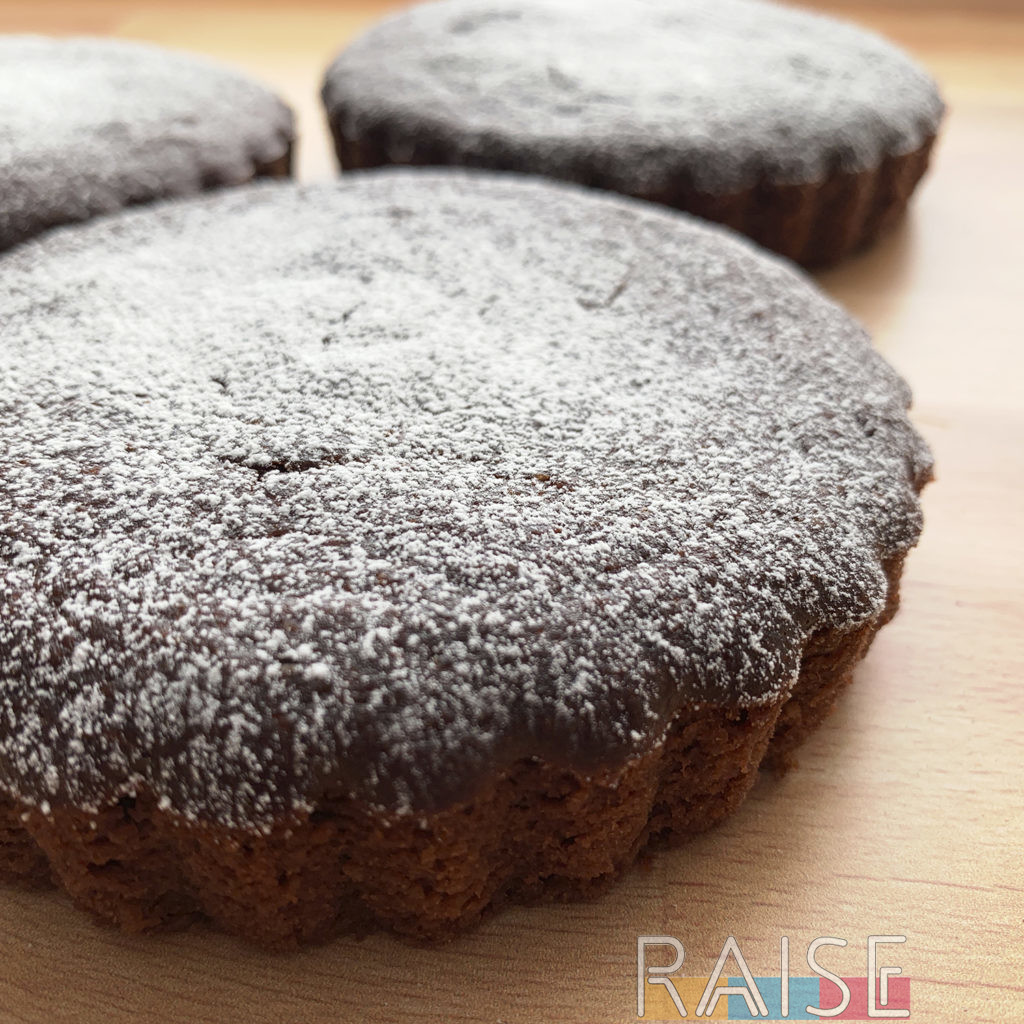 Seed Free Chocolate Cake Recipe
Seed Free Chocolate Cake Recipe
So Then, Which Seeds Do You Avoid?
Foods that are completely classified as seeds are:
- Chia Seeds
- Flax Seed aka Flax Meal
- Hemp Seeds
- Poppy Seeds
- Pumpkin Seeds aka Pepita Seeds
- Sacha Inchi Seeds
- Sesame Seeds
- Sunflower Seeds
Pine Nuts Are Up In The Air
Pine Nuts are officially a seed. However, they’re on the list of foods to avoid when you have a tree nut allergy. These will go down in history like coconuts, with many people disagreeing.
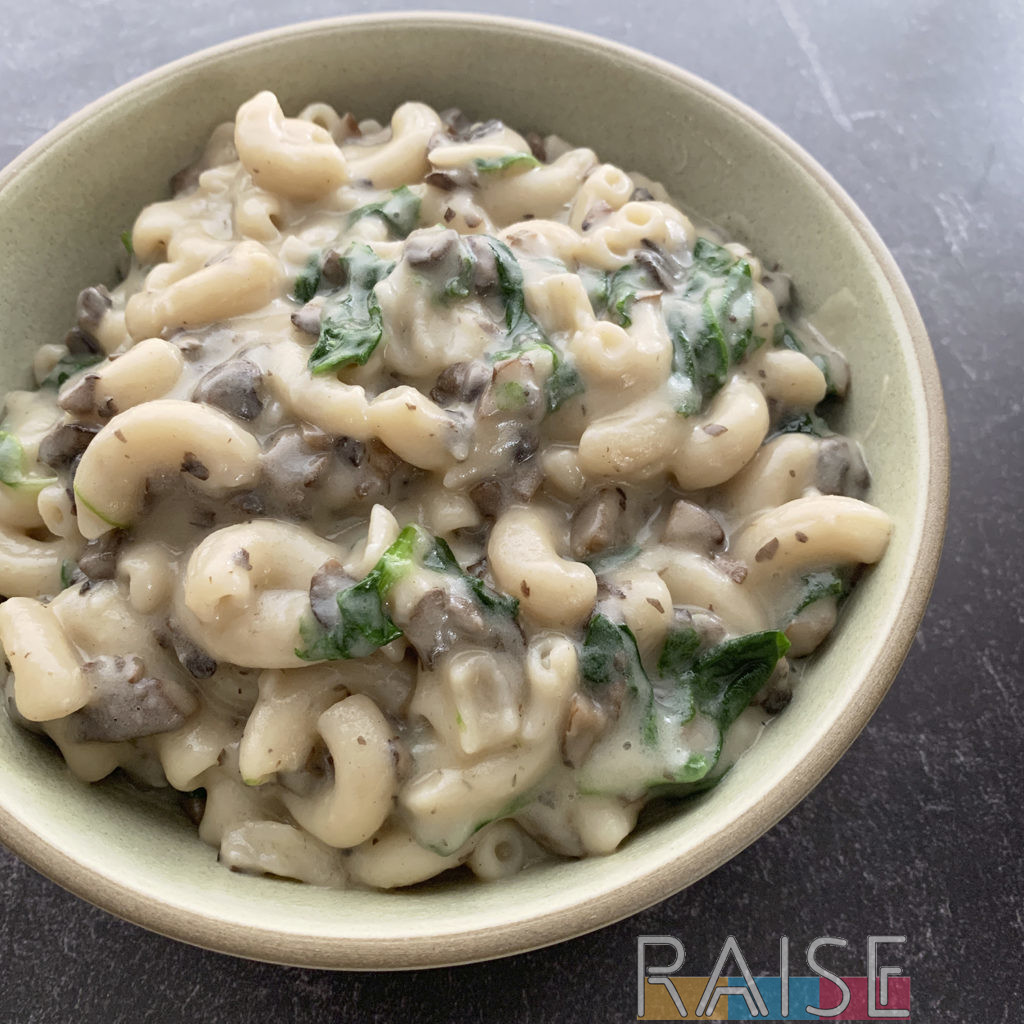 Seed Free Recipe: Creamy Pasta (Cheese-Free Mac n Cheese)
Seed Free Recipe: Creamy Pasta (Cheese-Free Mac n Cheese)
Spices & Oils That Are Seed Derived
If you’re following an AIP diet, you’re already avoiding all of these ingredients. If you’re new to a seed allergy, you’ll want to eliminate these ingredients. You will need to be extra watchful when purchasing spice blends. This is where you’ll find many seeds hiding quietly.
- Anise Seed
- Annatto
- Caraway
- Celery Seed
- Coriander
- Cumin
- Fennel (seed)
- Fenugreek
- Mustard
- Nutmeg
Canola oil may also be an issue as it is derived from rapeseed.
The Seed Is Not The Same As The Fresh Herb/Plant
If you can’t have seeds, you should avoid fennel seed as a seasoning. However, you can enjoy fennel bulb and fennel fronds. Neither are the seed, and they great for cooking. The bulb brings a depth of flavor with tones of licorice and the fronds are a fantastic garnish.
The same is true of celery. You will need to avoid celery seed in seasonings, but can totally enjoy ants on a log using the celery stalk.
 Corn & Seed Free Doughnut Recipe (GF, V, Top 8 Free)
Corn & Seed Free Doughnut Recipe (GF, V, Top 8 Free)
Parts of a Plant
Another way to think about the above information is to remember there are different parts of any plant. The different parts are (that most of us are familiar with):
- Fruits
- Leaves
- Stalks
- Bulbs
- Flowers
- Seeds
- Roots
The different parts of the plant can be cooked, sometimes eaten raw, turned into an oil or powder, and more.
I Read I Can Have The Oil. Is That True?
This stems from the fact that some people with a peanut allergy can tolerate peanut oil because of how highly refined it is. I can’t stress this enough: No two people are the same. Some people may be able to tolerate seed-based oils whilst others cannot. Additionally, not all seed oils are created equally. Some seed oils are cold pressed and undergo little to no refining meaning the proteins are very present in the final oil you’d be purchasing.
The FDA isn’t super helpful either (in the US) since “highly refined oils don’t have proteins and don’t cause allergic reactions and don’t need to be labeled”. It’s essentially a loop-hole in the food labeling law where allergies are concerned (and don’t take into account that no two people are the same).
I personally find this to be dishonest and no where near transparent. It’s why words like “vegetable oil” on a label should have you walking in the other direction. I’ve met plenty of people who have severe reactions to highly refined oils, so it’s critical that you work with your medical team to determine if an oral challenge is a good fit for you.
If you’ve ever wondered why I only vouch for a small amount of companies (given the amount of food available in the world) it’s because I do a LOT of research and ask a lot of questions. When I find a clean and honest supplier and stick with them. You can see all the brands I vouch for in the Safe Product Guides on RAISE.
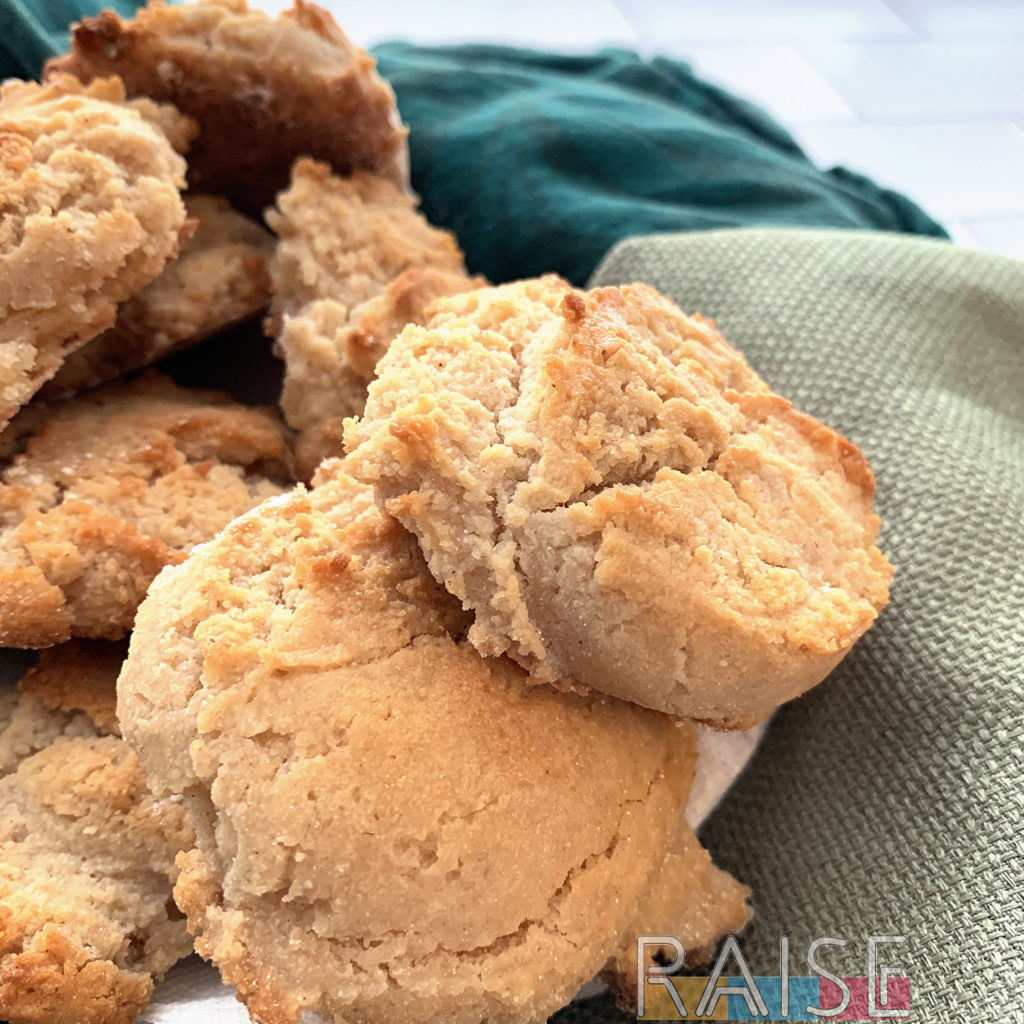 Epic Bread Rolls! Corn & Seed Free, GF, V, Top 8 Free
Epic Bread Rolls! Corn & Seed Free, GF, V, Top 8 Free
Here’s The Other Confusing Part
There are two gluten free pseudo-grains that cross over with seeds: Millet and Quinoa.
First, it’s important to note that the term millet refers to a wide variety of plants. Most commercial growers will produce one type for harvesting and selling as flour. Quinoa also comes in several varieties.
Are these pseudo-grains actually seeds? Quinoa is a solid yes. Millet is a maybe. It depends on the source of the millet.
Possible Issues With a Seed Allergy: The Grass Family Cross Over
Sorghum and Wild Rice may also be an issue for people with a severe seed allergy. Officially, Millet, Sorghum, and Wild Rice are all in the grass family, not the seed family. So then, why are they on the list? First, some millet products you purchase will be made from the millet seed. Additionally, there can be some cross-reactivity with these items.
Cross-reactivity means you’re allergic to X but react to Y because the proteins in X and Y are similar. For those with Oral Allergy Syndrome, a latex allergy, or histamine issues, cross-reactivity is a common struggle.
Still Feeling Lost?
It’s OK to feel lost when living with a seed allergy, as it can be confusing. On top of that, no two people are the same. That, is the real takeaway here.
If you know that all seeds are an issue, and you’ve been consuming millet flour regularly with no known issues, continue to enjoy your millet flour. However, if you haven’t reached neutral, consider eliminating all cross-reactive items to see if you can achieve neutral.
If eliminating the extra items reduces (or eliminates) your symptoms, consider reintroducing them one at a time to determine the trigger food. You should be keeping a strict and detailed food journal during this process. Your detailed food journal will allow you to remove the least amount of foods possible, which will leave you feeling less restricted in the long run.
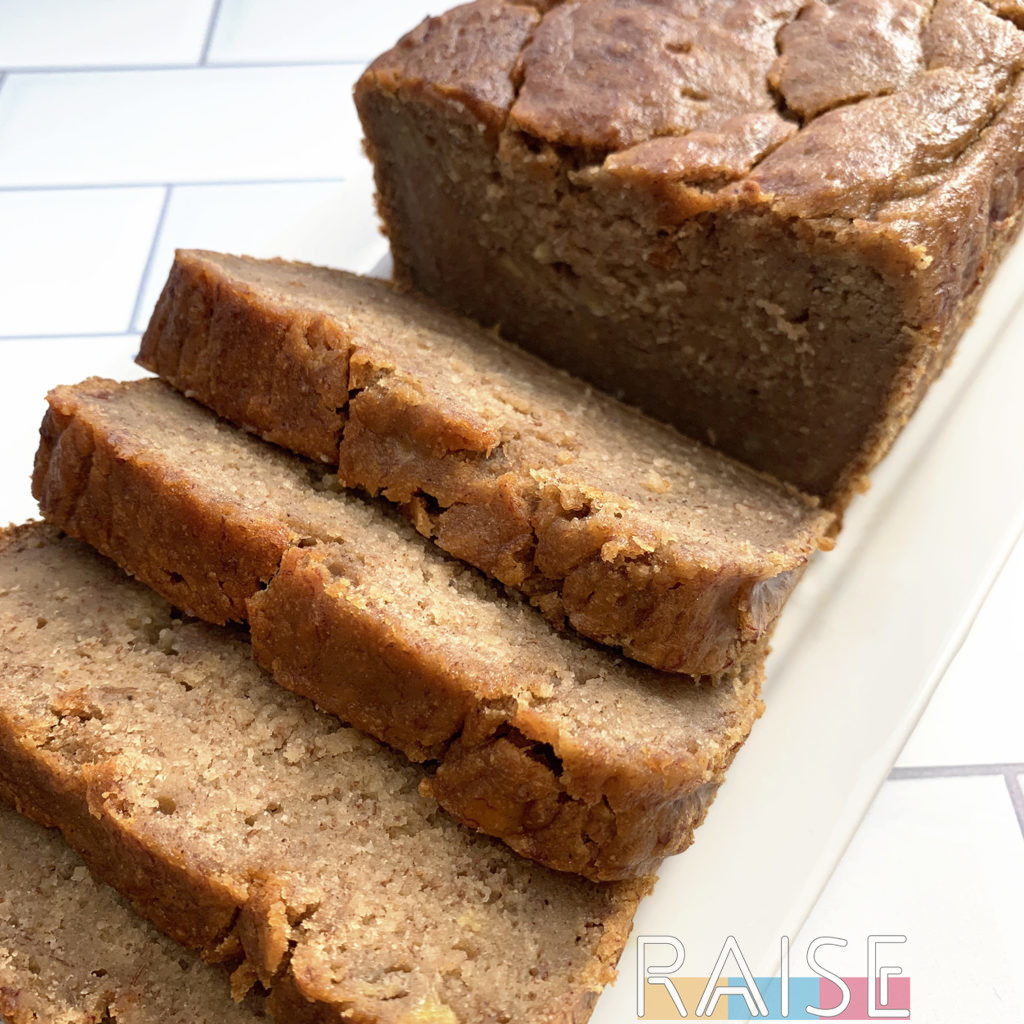 Best Banana Bread Recipe Ever (Seed Free, Top 8 Free, GF, V)
Best Banana Bread Recipe Ever (Seed Free, Top 8 Free, GF, V)
Now That I Know This, I’m Afraid To Eat Everything On The List You Shared
That’s OK. Fear and anxiety around food when living with food allergies is totally normal. No two people embark on the same journey, and you’ll have to do what you’re comfortable with.
If your allergies are non-anaphylaxis, it may be worth learning if you can tolerate items such as millet, quinoa, and sorghum, as to not over-limit your diet.
I would also encourage you to find a calm time where you can start with a small skin patch test to see if the cross-reactive foods would be safe for you. Should you have a skin reaction, you’ll probably want to skip the oral challenge. Some doctors disagree on skin reactions predicting an ingestion reaction, so again, work with your medical team to determine what’s right for you.
Note: This advice is only for self-induced trials. If you manage a child, please DO NOT experiment on them. I believe in fully informed consent.
How Recipes on RAISE Work With Regards to a Seed Allergy
On RAISE, you’ll find all but millet, sorghum, and wild rice classified as a seed. There are Seed Free and Sesame Free as options in the Advanced Recipe Search. Currently every recipe on RAISE is sesame free, and over 150 recipes are free from all seeds.
Join RAISE Today and start enjoying amazing resources. Allergy Seminars, Recipes, Hot Seat Consultations, and much more.
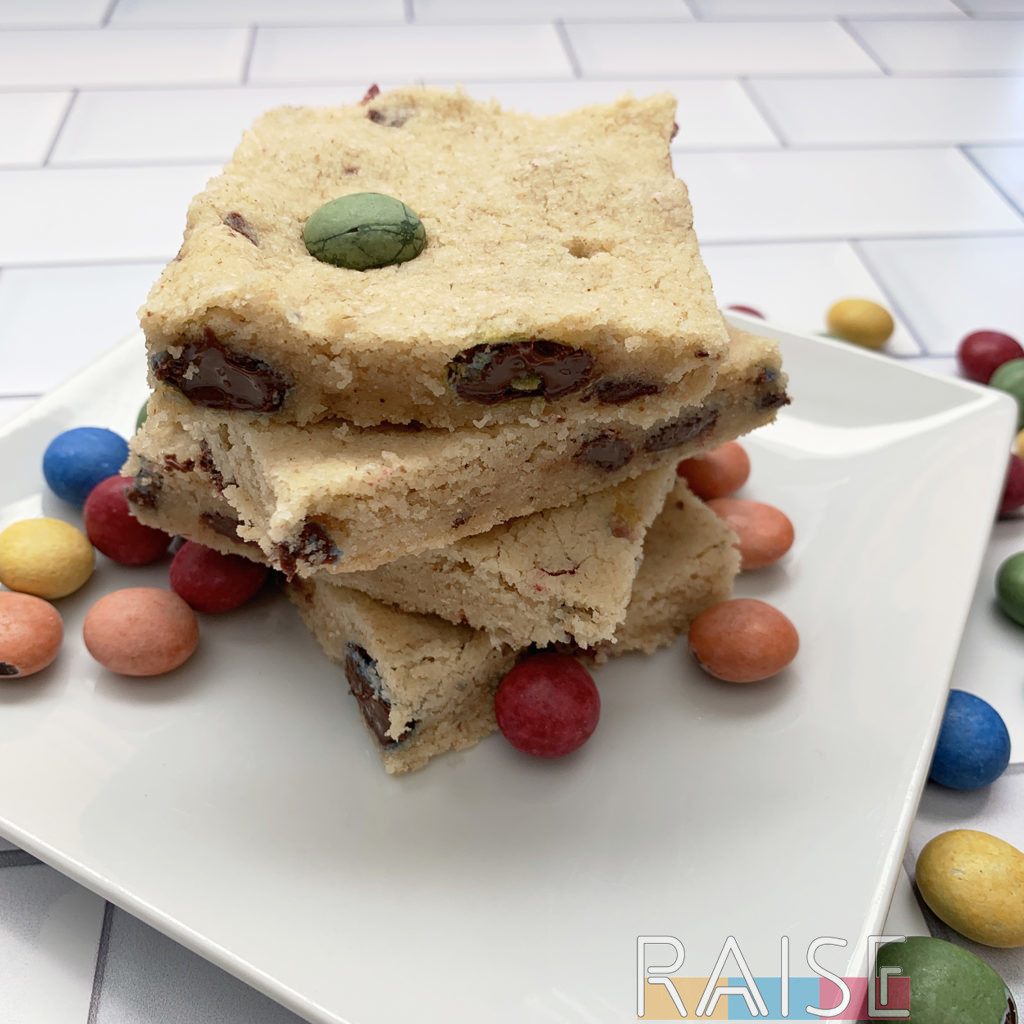 Seed Free Recipe: Candy Cookie Bar
Seed Free Recipe: Candy Cookie Bar
Foods Where Seeds Can Hide
It’s not uncommon for health foods to contain seeds. You will have to read labels carefully, and call companies depending on the severity of your allergy. Items that usually contain seeds:
- Crackers
- Cured Meats (usually as celery seed)
- Gluten Free Baked Goods
- Hummus
- Protein Powders
- Nut Free Packaged Snacks
- Season Blends
- Snack Bars
- Top 9 Allergy Free Packaged Snacks (they won’t contain sesame, but will have other seeds)
In addition to this, it’s not uncommon for items such as sunflower oil to be used as a processing aid. This does not have to be disclosed on the label, and the only way to find out is to call the company. I’ve shared many resources on Reading Food Labels and Calling Companies. You can also enroll in the free mini eCourse Food Allergy Help 101: Hidden Allergens to learn much more about these topics.
Further Research
If you’re new to living with food allergies, spend some time on the FAACT and FARE websites. They both provide lots of resources and helpful information. Also be sure to thoroughly investigate your particular allergies and understand how they are used in food. For example, tahini is made from sesame.
When you’re new, you’ll also need to make sure you take the next steps to help keep yourself (or your child) safe. You may need to clean out your kitchen, call companies, set up a 504 plan, talk with HR, and more. RAISE has tools available to help you thru these steps. Learn more about what RAISE is.

